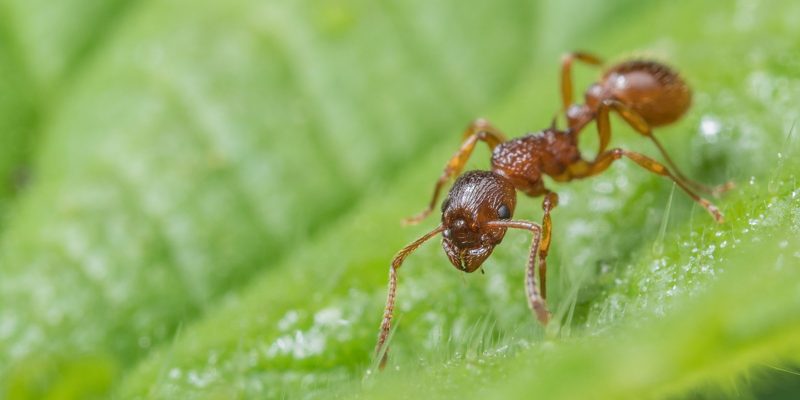

One Amazon species ( Allomerus decemarticulatus) cooperatively builds extensive traps from plant fiber. Other species, like the newly discovered Pheidole drogon, have evolved to grow spikes or spines from their exoskeletons. They can also survive floods by clumping together to float on the water’s surface. Fire ants bite and sting with a venom called solenopsin. Within the many thousands of known ant species, there are many that fill unique ecological roles, resulting in the development of special physical characteristics and interesting behavior.įor example, ants have a variety of biological defenses. Right: A red velvet ant ( Dasymutilla occidentalis) at the Audobon Nature Institute in New Orleans.Īnt colonies are so tightly knit and efficient, they can pass useful knowledge between generations, which some experts believe constitutes a colony “ memory.” This kind of communal knowledge is essential for defense, so ants can easily differentiate friendly and hostile forces.

Army ants, with their large mandibles and painful stings, may prey on reptiles, birds, or even small mammals. However, some species have diets that are more unusual. They typically eat nectar, seeds, fungus, or insects. ( Why invasive ants are a bigger threat than previously thought.)Īnts communicate and cooperate by secreting pheromones, or scent chemicals, that can alert others to danger or lead them to a promising food source. Some workers can carry 50 times their own body weight. Worker ants, the most visible colony members, are females that never reproduce, but instead forage for food, care for the queen's offspring, work on the nest, and protect the community. In some species, male ants (known as drones) often have only one role-mating with the queen. Queens lay thousands of eggs to ensure the survival of the colony. Communities are headed by a queen or queens-some polygynous species can have as few as two or up to thousands of queens. Instead of leaving the hurt ants behind, other ants will carry them back home where they can heal and participate again in future raidsĪ single ant colony can contain hundreds of thousands of individual ants. Attacking ants can have limbs ripped off or even be decapitated by the termites. Megaponera analis, a small black ant species native to sub-Saharan Africa, wages war on termite nests. (Much like termites, which cause far more severe damage.) Some species, such as army ants, defy the norm and do not have permanent homes. Carpenter ants, which include more than a thousand species in the genus Camponotus, nest in wood and can be destructive to buildings. Diet and behaviorĮnthusiastically social insects, ants typically live in structured nest communities that may be located underground, in ground-level mounds, or in trees. The presence of wings indicates an ant’s fertility-ants with wings are either queens or the drones whose job it is to mate with them. Some ants have wings, which are longer in the front and shorter by their hind legs. Ants can be identified by their elbowed antennae, and narrow "waist" between the abdomen and thorax. AppearanceĪnts range in size from the miniscule up to one inch long, and usually appear black, brown, red, or yellow.Īnts look much like termites, and the two are often confused.


 0 kommentar(er)
0 kommentar(er)
